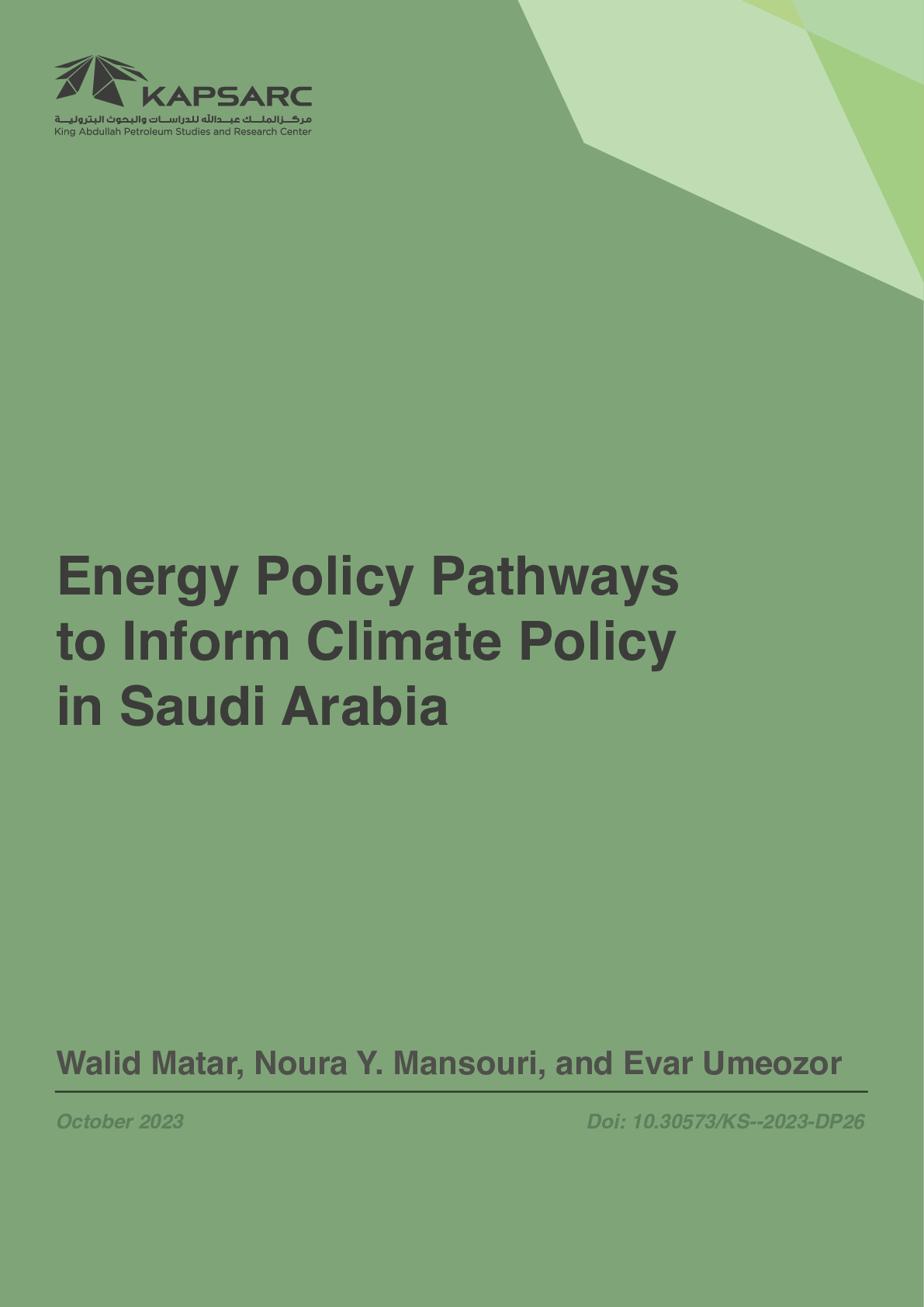The Saudi electricity sector buys fuel and sells electricity at prices administered by the government. In this analysis, we assume that fuel prices are deregulated — priced at their marginal values or international equivalents — and use a long-term static version of the KAPSARC Energy Model (KEM) for Saudi Arabia. This allows a better understanding of the economic effects of energy price reform packages by providing illustrative estimates of their impacts. We do not propose a specific package of reforms, but seek to show the different channels by which the Saudi economy can benefit. We expand on previous KAPSARC analyses by combining the price reform of fuels used in power plants with the implementation of alternative electricity pricing schemes for households. In particular, we examine the differences between ‘lifeline’, average-cost and marginal-cost electricity pricing policies for residential customers.

Research Fellow Walid works on modeling energy systems. He is developing or has developed the following components of the KAPSARC Energy Model… Walid works on modeling energy systems. He is developing or has developed the following components of the KAPSARC Energy Model (KEM): electric power generation, oil refining, petrochemicals and fertilizers, cement production, and iron and steel. He is also working on a bottom-up residential electricity use framework that merges microeconomics with the physical laws governing electricity use.
Expertise
- Energy Systems Modeling
- Optimization
- Electricity Prices
- Energy Efficiency and the Interdisciplinary Connection Between Energy Economics and Engineering
Publications See all Walid Matar’s publications

Using Satellite Technology to Measure Greenhouse Gas Emissions in Saudi Arabia
The Saudi electricity sector buys fuel and sells electricity at prices administered by the government.…
7th December 2023
Energy Policy Pathways to Inform Climate Policy in Saudi Arabia
The Saudi electricity sector buys fuel and sells electricity at prices administered by the government.…
13th November 2023
